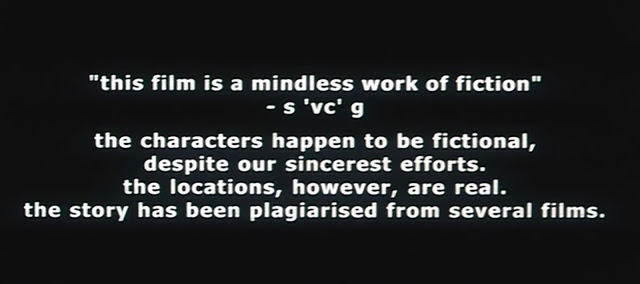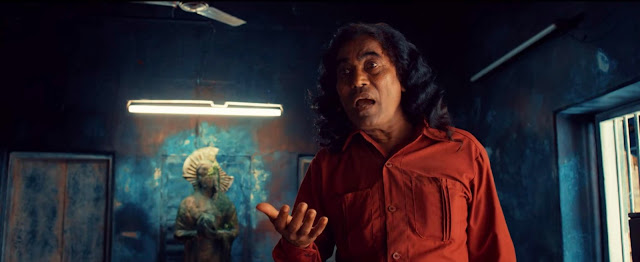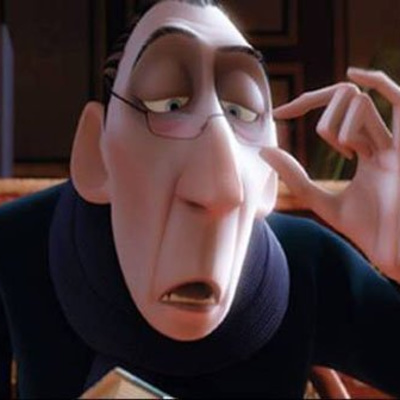2. I finally watched 500 Days of Summer and what is clearly visible in the film is the colour blue associated with Summer. She is almost entirely in blue throughout the film. Her costumes, her room, her accessories—all are blue. There is even a song where everything turns blue. Like it did in Tumhi Dekho Na from Kabhi Alvida Naa Kehna. There is an interesting theory behind the blue colour as explained here.


7. The colours of the posters of FAN and Mission Mangal are quite similar.
8. Ayan Mukerji has said that Dil Chahta Hai was the one film that changed his life. So, in his first film, he names his lead character Sid after Sid from Dil Chahta Hai, and like him, he also falls in love with an older woman. Tara and Aisha are older in age to the men. In Yeh Jawaani Hai Deewani as well, he took inspiration from Dil Chahta Hai where Ilahi had shades of Tanhayee.
9. Mani Ratnam is a rare filmmaker who has consistently shown the intimate relationship of married couples in his films—Roja, Bombay, Guru, Raavan, Yuva, Iruvar, and Alaipayuthey (Saathiya).
10. In the visually stunning Super Deluxe, the most striking thing that pops out in its every frame is its colour palette. Every scene is shot in the three primary colours—red, blue, and green. Even the costumes in different stories follow this pattern.
13. Aditya in Jab We Met and Meera in Jab Tak Hai Jaan mend the broken relationship with their respective mothers after they themselves fall in love. It is their own love life that helps them understand the love life of their mothers. In Dil Chahta Hai, Akash mends his relationship with Sid when he falls in love. It is only after he falls in love, he could understand Sid’s love for Tara.
14. In Ek Hasina Thi and Khoon Bhari Maang, the women take revenge from the men who harmed them using animals, such as rats and crocodiles. While browsing came across this post that talks about scenes of women cutting off their own hair in English films. Ek Hasina Thi can also be added to this list.
15. Recently, Cafe Coffee Day (CCD) was in the news. In Queen, Vijay breaks his wedding with Rani in Queen in a CCD. A lot did happen over coffee.
18. Naina and Bunny in Yeh Jawaani Hai Deewani would most likely end up the way Karan’s parents did in Hum Tum. They love each other but want different things in life. The future is going to be hard for them.










































Leave A Comment
You must be logged in to post a comment.